The Role of the Pressure Distribution System and Custom Orthotic Insoles in Enhancing Foot Health
As a core structural component of the human support system, the feet bear the body's weight and endure dynamic loads during walking, standing, and physical activities. The distribution of plantar pressure directly impacts gait stability, joint health, and movement efficiency. With advancements in biomechanics research, the pressure distribution system has become a critical tool for accurately assessing foot health, providing essential data for the scientific design of orthotic insoles. By precisely measuring plantar pressure and implementing personalized corrective solutions, this system helps optimize gait, making the feet feel lighter and more comfortable.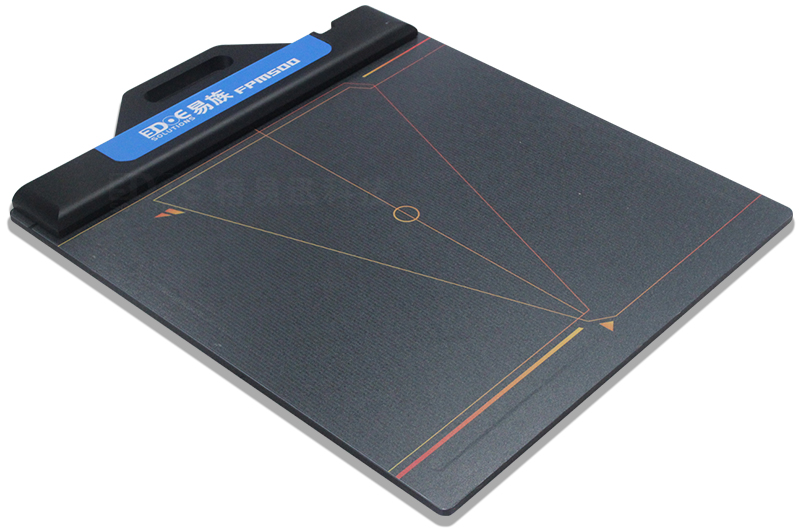
Measurement Principles and Functions of the Pressure Distribution System
The pressure distribution system comprises high-precision pressure sensors, data acquisition modules, and specialized analysis software. Its primary function is to monitor the distribution of plantar pressure in real time and provide visualized data for biomechanical evaluation. The key functions of this system include:
Static Pressure Analysis: Measures pressure distribution across different areas of the foot in a standing position, evaluating arch height, load balance, and foot stability.
Dynamic Gait Analysis: Captures plantar pressure changes during walking or running, analyzing gait patterns, load distribution, stride frequency, and step length.
Abnormal Gait Detection: Identifies abnormal loading conditions caused by issues such as flat feet, high arches, gait instability, or improper movement habits, providing data support for orthotic insole design.
By utilizing these measurement capabilities, the pressure distribution system precisely identifies imbalances in plantar pressure. For example, individuals with flat feet often exhibit collapsed arches and excessive pressure on the medial side of the foot, while those with high arches tend to experience concentrated pressure in the forefoot and heel, increasing the risk of fatigue and chronic injuries. Accurate assessment of plantar pressure distribution allows for the development of scientifically based intervention plans to optimize gait and reduce injury risks.
The Science of Custom Orthotic Insoles
Orthotic insoles are functional shoe inserts designed based on individual biomechanical characteristics to optimize plantar pressure distribution, enhance gait stability, and minimize abnormal loads on the bones and joints. The customization process typically involves the following key steps:
Plantar Data Collection: Using the pressure distribution system to measure static and dynamic plantar pressure distribution, analyzing gait characteristics and biomechanical parameters.
Biomechanical Assessment: Evaluating arch abnormalities, gait instability, or localized pressure concentrations and defining corrective objectives.
Insole Design and Material Selection: Tailoring the insole’s structure and material based on individual needs, such as:
Arch Support: Providing additional support for flat-footed individuals to restore proper foot mechanics.
Forefoot Cushioning: Reducing excessive pressure on the forefoot in high-arched individuals, minimizing fatigue-related injuries.
Heel Stabilization: Offering extra heel support to improve gait stability and reduce foot fatigue from prolonged standing.
3D Printing or Precision Milling: Utilizing advanced manufacturing techniques to produce insoles that precisely match the individual's foot structure, ensuring optimal fit and corrective effectiveness.
Trial Fitting and Adjustments: Fine-tuning the insoles based on user feedback to maximize comfort and corrective performance.
Combined Advantages of the Pressure Distribution System and Orthotic Insoles
The integration of accurate pressure measurement with scientifically designed custom orthotic insoles significantly enhances foot health management. The primary benefits include:
Precision Analysis for Effective Correction: Utilizing pressure distribution data to ensure insole design aligns perfectly with individual gait needs, improving corrective outcomes.
Optimized Plantar Load Distribution to Reduce Injury Risks: Scientifically redistributing plantar pressure to mitigate the risk of chronic injuries such as plantar fasciitis and Achilles tendinitis.
Improved Walking Comfort and Enhanced Gait Stability: Beneficial for athletes, individuals who stand for long hours, and elderly populations, helping to alleviate foot fatigue and improve both movement performance and daily comfort.
The precision measurement capabilities of the pressure distribution system make orthotic insole design more data-driven and scientifically grounded. Through personalized insole customization, issues related to uneven plantar pressure can be effectively addressed, optimizing gait mechanics and reducing the risk of long-term foot-related injuries. Whether for athletes seeking performance enhancement or individuals looking to alleviate foot discomfort, orthotic insoles based on pressure distribution analysis provide reliable support, making every step lighter and more comfortable.

 +86-0755-86131192
+86-0755-86131192 2025-02-05
2025-02-05 Back to list
Back to list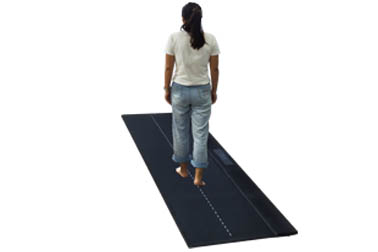
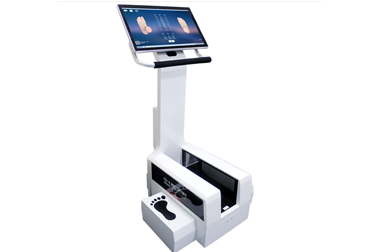
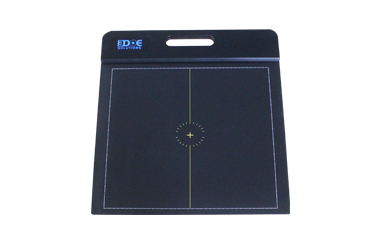
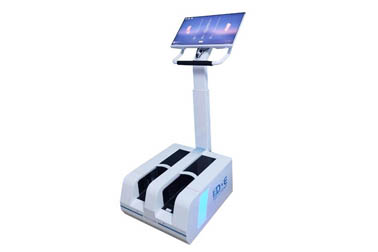
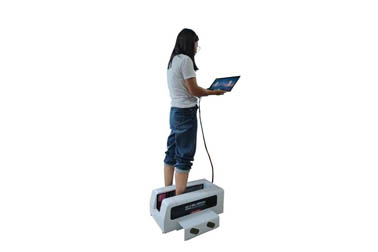



 +86-0755-86131192
+86-0755-86131192